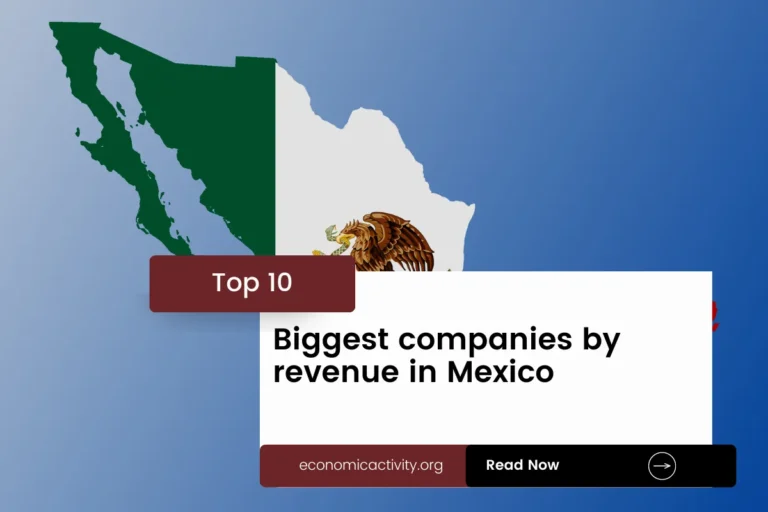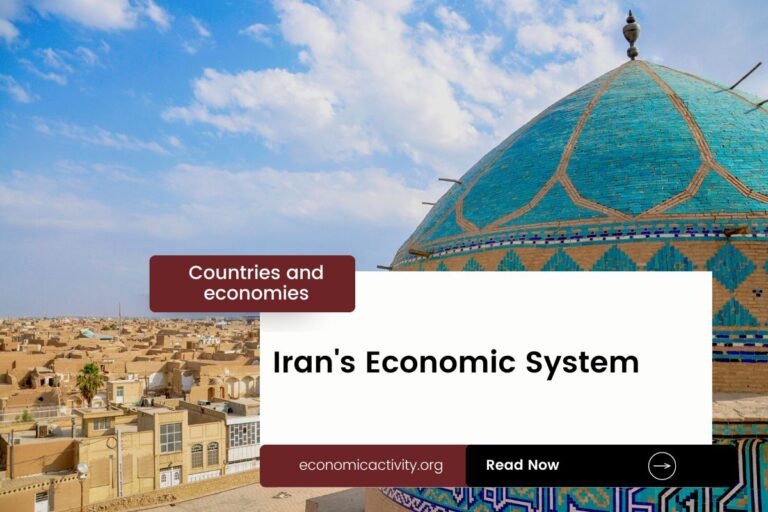Trinidad and Tobago, with a population of 1,531,044, is ranked 146th in population size, just behind Equatorial Guinea. Located in the Caribbean, it covers a total area of 5,130 square kilometers, ranking 157th in size, just below West Bank and Gaza.
Trinidad and Tobago’s economic position in 2022 shows a GDP of $30,053,575,132.14, ranking it at 103 globally. It follows Papua New Guinea, which has a GDP of $31,603,619,041.79. In terms of GDP per capita, Trinidad and Tobago ranks 53 with $19,629.47.
It is surpassed by Antigua and Barbuda, with a GDP per capita of $19,919.73. Despite facing economic challenges, Trinidad and Tobago continues to strive for growth and stability in its economy.
What are the economic activities of Trinidad and Tobago?
- Primary activities: 0.4% of GDP.
- Secondary activities: 47.8% of GDP.
- Tertiary activities: 51.7% of GDP.

Primary Sector of Trinidad and Tobago
Trinidad and Tobago’s primary sector, particularly agriculture, thrives due to its tropical climate and abundant natural resources. With 10.53% of the land dedicated to agriculture, the country produces a variety of crops and animal products. The main agricultural products include chicken, fruits, coconuts, citrus fruits, plantains, maize, eggs, oranges, tomatoes, and bananas.
Despite contributing only 0.4% to the GDP, agriculture plays a crucial role in providing food security and employment. The diverse range of products highlights the sector’s importance in sustaining the country’s agricultural industry.
With a diverse geological landscape, Trinidad and Tobago is rich in natural resources. Its primary sector thrives on petroleum, natural gas, and asphalt extraction, driving the economy through exports and revenue generation.
Trinidad and Tobago’s oil production of around 59,847 barrels per day places the country at the 36th position in the world ranking. With substantial oil reserves, the country contributes a significant percentage to the global oil reserves.
In 2020, Trinidad and Tobago produced 40.87 billion cubic meters of natural gas, ranking 19th globally.
Secondary Sector of Trinidad and Tobago
What is the secondary sector or what are secondary activities?
The secondary sector involves industries that transform raw materials into finished products for consumption. In Trinidad and Tobago, major industrial products include petroleum and its derivatives, liquefied natural gas, methanol, ammonia, urea, steel products, beverages, food processing, cement, and cotton textiles.
Manufactures play a vital role in Trinidad and Tobago’s total exports, accounting for 65.94% in 2023. This sector significantly contributes to the country’s economy and trade balance.
Tertiary sector of Trinidad and Tobago
What is the tertiary sector or what are tertiary activities?
The tertiary sector, also known as the service sector, encompasses intangible goods and services that enhance productivity and meet needs. In Trinidad and Tobago, key tertiary activities include restaurants, healthcare, education, banking, communication, tourism, and transportation. These services play a vital role in the country’s economy, contributing to its growth and development.
Of particular importance, Trinidad and Tobago’s tourism industry plays a pivotal role in its economy, contributing significantly to its GDP. With an annual influx of 480,000 visitors, popular destinations like the vibrant Carnival celebrations and the mesmerizing Pigeon Point Beach attract tourists from around the world, fueling economic growth and employment opportunities.
Another example of tertiary economic activity is the mobile cellular sector, with nearly 2 million subscriptions, equating to 131 per 100 inhabitants. This connectivity fosters technological growth, enhancing digital services and innovation.
Military Activities and Economic Sectors of Trinidad and Tobago
The military is a good example of many economic activities. In the primary sector, resources are extracted for military use, like oil and gas. The secondary sector includes the manufacturing of military equipment. The tertiary sector provides services, such as training and logistics. The quaternary sector focuses on research and development for new technologies, while the quinary sector involves high-level decision-making and strategy in the military.
In Trinidad and Tobago, the military expenditure for 2023 is $240.7 million, which is 0.71% of the GDP. The active military force has 4,050 personnel, giving a rate of 3.3 active military members per 1,000 people. This shows how the military connects with various economic activities in the country.
International Trade of Trinidad and Tobago
Import Activities of Trinidad and Tobago

Import activities in Trinidad and Tobago are crucial, with imports totaling $7.56 billion in 2023, accounting for 25.16% of the country’s GDP.
Trinidad and Tobago’s main import partners are the US (40%), China (9%), Italy (7%), Brazil (4%), and Canada (3%). The country imports refined petroleum, iron ore, cars, plastic products, and excavation machinery.
Exports Activities of Trinidad and Tobago

Trinidad and Tobago’s total exports in 2023 amounted to $13.9 billion, representing 46.25% of its GDP. With such a high percentage, export activities play a crucial role in the country’s economy, indicating a high level of importance.
Trinidad and Tobago’s export activities focus on ammonia, natural gas, crude petroleum, acyclic alcohols, and fertilizers. The country’s top export partners are the US (35%), Belgium (6%), Morocco (5%), Spain (4%), and Brazil (4%).
Trinidad and Tobago economy challenges in 2024
In 2024, Trinidad and Tobago faces economic challenges despite being a high-income Caribbean economy. High inflation, growing public debt, and delays in foreign currency access are pressing issues. The country’s reliance on hydrocarbon exports, tourism, and finance sectors is hindered by these obstacles, despite having large foreign reserves and a sovereign wealth fund.




Leave a Reply